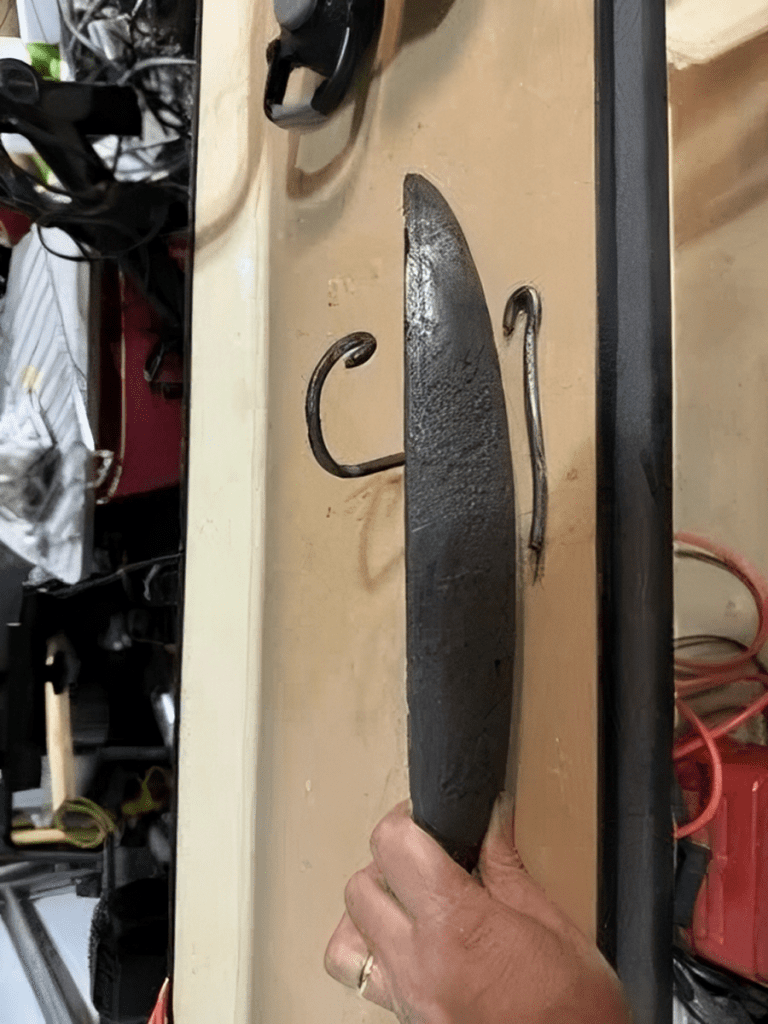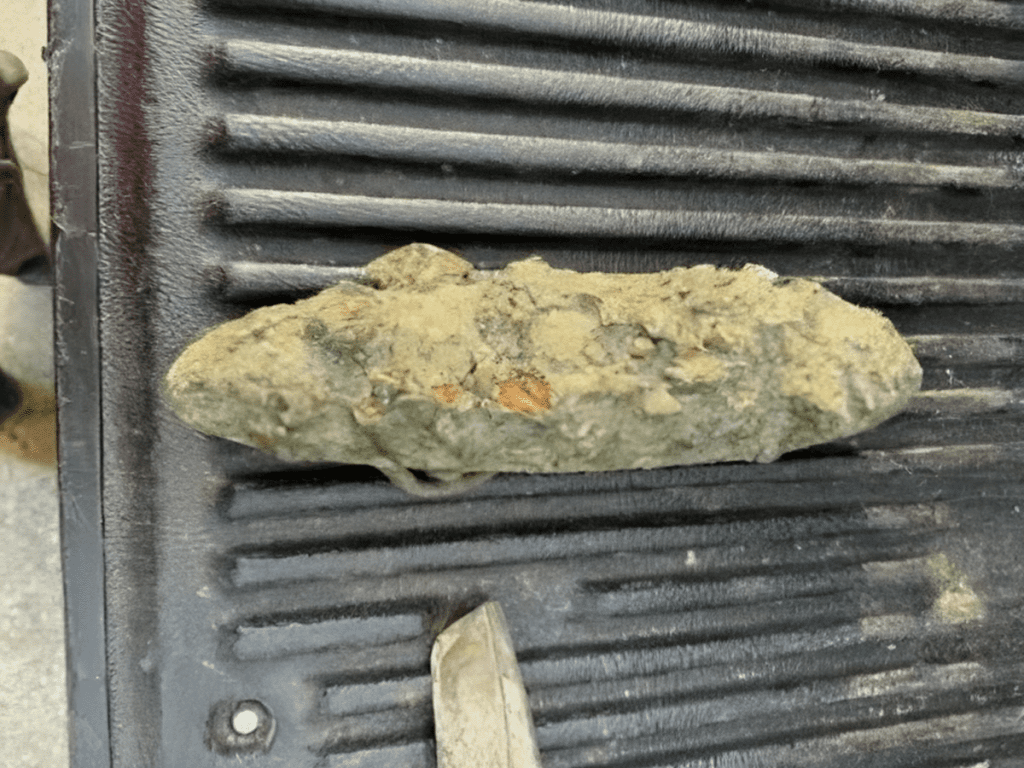In the era before electricity, water and steam-powered mills were the beating heart of industry. These mills relied on a complex system of shafts, wheels, and gears to transfer power from a waterwheel or steam engine to various machines throughout the building. A critical yet often overlooked component in this power transmission system was the slip bearing. This simple but essential device made it possible to run mills efficiently, preventing mechanical failure and potential disasters.
In this article, we’ll explore the role of slip bearings in early mills, their importance in industrial settings, and the clever tools used to keep them functioning smoothly.

What Is a Slip Bearing?
1. The Basics of Slip Bearings
Slip bearings, also known as plain bearings, are mechanical devices that allow rotating or sliding parts to move with minimal friction. Unlike modern bearings that use ball bearings or rollers, slip bearings operate by allowing a shaft to slide against the bearing surface itself. These were often made from a softer alloy known as bearing metal, which had a lower melting point than the shaft or the hanger rods.
The bearing’s role was simple: to provide a stable yet flexible connection that could support the weight and movement of spinning shafts, which ran throughout the mill, powering the machinery. These bearings made it possible to distribute power across various parts of the mill efficiently.
2. The Slip Bearing’s Role in Power Transmission
In the structure of water and steam-powered mills, shafts connected the main power source to the individual machines. These shafts spun rapidly, transferring energy through a series of interconnected belts, pulleys, and gears. Slip bearings were installed at key points where the shaft met supporting hanger rods, allowing the shaft to rotate while keeping it securely in place.
This method of power distribution was a marvel of early engineering, allowing mills to operate a wide range of machinery with a single power source. Slip bearings, while rudimentary compared to modern bearings, were critical to maintaining the efficiency and stability of these mechanical systems.
The Importance of Lubrication in Slip Bearings
1. Keeping the Bearings Cool with Oil and Grease
For slip bearings to function properly, lubrication was essential. Oil or grease was applied to the bearing to reduce friction, allowing the shaft to rotate smoothly and minimizing heat buildup. Without sufficient lubrication, the metal surfaces of the bearing and shaft would grind against each other, generating intense heat that could lead to serious consequences.
Lubrication was so vital that mills often employed special tools to catch oil or grease, ensuring it stayed where it was needed. The grease-catching tool was a simple but effective device that helped maintain an optimal level of lubrication and prevent oil from dripping onto the machinery below.
2. What Happened When Lubrication Ran Out?
If a slip bearing ran out of lubrication, the consequences could be catastrophic. As friction increased, the heat generated would eventually melt the bearing metal, causing molten metal to drip down. This not only posed a safety risk for workers below but could also result in severe damage to the machinery. In some cases, the intense heat could even ignite the surrounding structure, a major hazard in wooden mills prone to fire.
Workers understood the importance of keeping the bearings well-lubricated, and the simple grease-catching tool became an invaluable part of daily maintenance routines. This tool prevented oil loss and helped keep the mill running smoothly, highlighting the importance of small innovations in early industrial settings.

The Oil and Grease-Catching Tool: A Small but Vital Invention
1. How It Worked
The oil and grease-catching tool was designed to sit beneath the slip bearing, collecting any excess lubricant that might drip down during operation. This ensured that the bearing remained well-oiled, reducing friction and preventing overheating. The collected oil could then be reapplied, conserving resources and cutting down on costs.
In a time before precision-engineered bearings, this tool played a critical role in keeping machinery operational. It was a simple yet ingenious solution to a persistent problem, illustrating how small innovations were crucial in the early days of industrialization.
2. Ensuring Worker Safety
In addition to maintaining equipment, this tool provided a layer of protection for workers. The possibility of molten metal dripping from overheated bearings posed a significant risk, so catching excess oil was more than just a maintenance task; it was a matter of safety. By preventing excess lubricant from leaking, the tool helped minimize the chance of accidents, making the mill environment safer for everyone involved.
The Hazards of Early Mills and the Role of Slip Bearings in Preventing Disasters
1. The Fire Risk of Wooden Mills
Water and steam-powered mills, often constructed from wood, were vulnerable to fire. Sparks from machinery or overheated components could easily ignite the building. Slip bearings, when improperly maintained, became a potential ignition source due to the heat generated by friction. The grease-catching tool and regular lubrication were vital in reducing this risk, showcasing the foresight of early industrial workers in preventing potential disasters.
2. Preventing Catastrophic Failures
Maintaining the bearings wasn’t just about keeping the machinery running—it was about preventing failures that could halt production or destroy the mill. Molten metal from an overheated bearing could lead to costly repairs and downtime. By using slip bearings and associated tools like the grease catcher, mills were able to reduce these risks, ensuring a more reliable and productive operation.

The Legacy of Slip Bearings and Early Industrial Innovation
1. Paving the Way for Modern Bearings
While modern ball and roller bearings have largely replaced slip bearings, the principles behind these early inventions laid the groundwork for today’s technology. The slip bearing’s simple design and reliance on lubrication are concepts that remain relevant in today’s engineering.
Moreover, the innovation seen in tools like the grease catcher reflects the ingenuity of the workers and engineers who kept early mills running. These small but significant inventions addressed the practical challenges of the day, helping mills operate safely and efficiently.
2. A Reminder of the Industrial Revolution’s Practical Challenges
The story of slip bearings and the oil-catching tool is a testament to the resourcefulness that characterized the early days of the Industrial Revolution. While technology has advanced dramatically, the challenges faced by early industrialists—like maintaining machinery, ensuring worker safety, and maximizing efficiency—remain relevant today.
These tools are reminders of how far technology has come, but also of the hard work and innovation that made progress possible. Understanding these simple yet essential components helps us appreciate the foundations upon which modern industry is built.
Conclusion: The Unsung Heroes of Early Industry
Slip bearings, grease-catching tools, and other seemingly simple devices were essential to the operation of early water and steam-powered mills. They kept the machinery running, safeguarded workers, and laid the groundwork for future advancements in engineering. Though they may not be as celebrated as other inventions, these tools are a fascinating reminder of the ingenuity that drove the Industrial Revolution forward.
So next time you see a modern bearing or think about the marvels of early industry, remember the humble slip bearing and the grease catcher—two small but vital inventions that helped shape the world as we know it.


